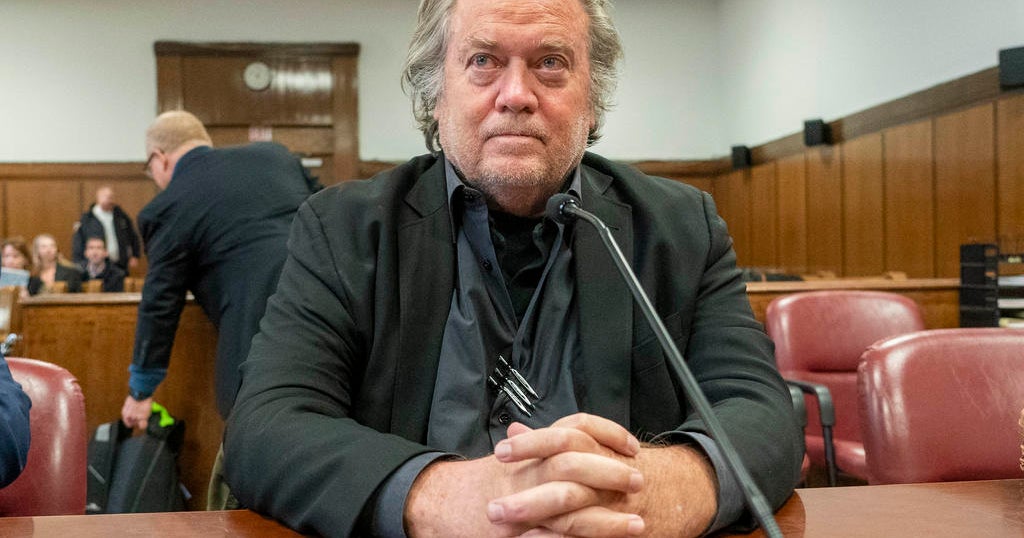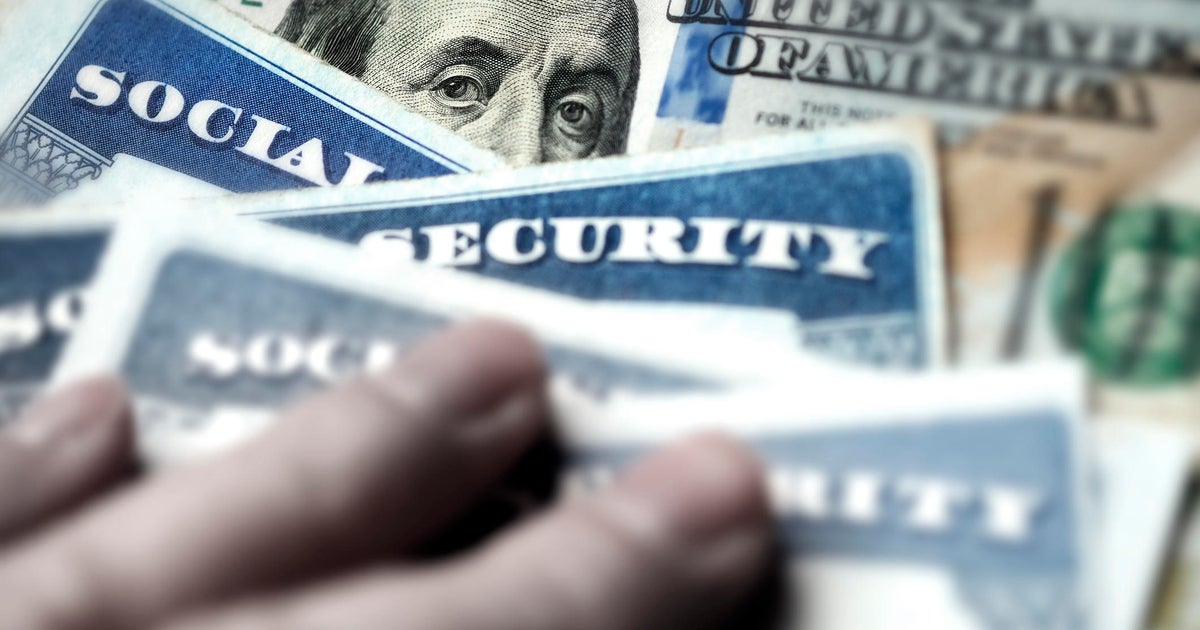For voters, it still comes down to the economy
An economy stuck in second gear is the paramount single issue before the voters. But what’s unclear is how this will cut for Hillary Clinton and Donald Trump. That’s because the normal electoral dynamics don’t apply this year.
As hard as it is to ignore all the talk about emails and groping, the economy ranks as the most important concern for Americans, according to the most recent Gallup survey -- a finding that has remained constant throughout this rollicking election season.
At the core of both candidates’ campaigns are pledges to juice economic growth through amped-up versions of their parties’ traditional solutions: for Clinton, taxing the rich and boosting federal spending; for Trump, slashing taxes, especially for the wealthy, and cutting government regulations.
Despite some encouraging economic indicators recently, the recovery that began in early 2009 is the slowest in the post-World War II era, averaging about 2 percent yearly. After two terms with a Democrat in the White House, that has given Republican nominee Trump an opening. Thanks to Clinton’s party, “we have surrendered our status as the world’s greatest economy,” he told the New York Economic Club in September.
As the candidate of the incumbent party, whose president has a high approval rating, Clinton is in the tricky position of presenting herself as the same, but different. Taking a populist page from her defeated Democratic rival, Bernie Sanders, she said in a June speech that she wants “an economy that works for everyone, not just those at the top.”
The standard rhythm of postwar presidential politics gives one party two terms, then the other party takes over. The only time that pattern got disrupted was in 1988, when George H.W. Bush succeeded Ronald Reagan. Then, the economy was soaring. (Bush lost four years later, thanks to the aftermath of a recession.)
This year, the economy’s tepid if relatively steady progress makes the situation murkier. While prospects aren’t great for laid-off industrial workers and those without a college education, life isn’t bad for a lot of the workforce. The unemployment rate is 4.9 percent, a figure that customarily means a healthy jobs picture -- and it represents a vast improvement from when Barack Obama assumed office, when joblessness was more than twice the current number.
That’s why Comerica Bank chief economist Robert Dye calls the present economic era “the Great OK.”
Certainly, the big X factor in the 2016 election is character: Will the personalities and personas of Clinton and Trump end up elbowing aside the economy as the deciding electoral influence? Polls show both carry heavy baggage when it comes to likability and trustworthiness. Wall Street Journal columnist Peggy Noonan, a staunch conservative, notes that a more conventional Republican like Marco Rubio would handily dispatch Clinton. She calls Trump a “screwball.”
For voters, the economic questions boil down to several key topics:
GDP growth. Is it actually possible to restore growth to a robust level? Trump promises to step up its tempo to 3.5 percent or higher and bring back manufacturing jobs to the U.S. Clinton hasn’t put a number on her growth goal, but believes massive spending on rebuilding infrastructure, like roads and bridges, and subsidizing college education will deliver the goods. Trump also wants a large infrastructure effort.
Even if the candidates’ programs could get the assent of a truculent Congress, where Tea Party sentiment animates the House GOP ranks, they face daunting headwinds. The economy simply doesn’t have much get up and go, amid listless expansion in consumer spending, housing and business investment.
Even the promising third-quarter GDP increase of 2.9 percent annualized may not be as good as it looks. For instance, the GDP got a likely one-time boost from an unexpected bonanza in soybean exports, said Ian Shepherdson, chief economist at Pantheon Macroeconomics. Worse, the Congressional Budget Office predicts that GDP growth will inch along at 2 percent yearly through 2026.
A larger problem may be what some economists call “secular stagnation.” This thesis holds that the U.S has benefited from good timing, but now those lovely days are over. With the rest of the globe in ruins after World War II, the U.S. enjoyed a decades-long growth surge that petered out as competing countries gathered strength.
Along with that, former Treasury Secretary Larry Summers believes an aging population in the U.S., and in the West generally, is sapping economic energy as baby boomers retire. More broadly, economist Robert J. Gordon argues that right now, no transforming technologies have shown up to spur growth, nothing to compare with what he calls “the great inventions of the past,” such as Henry Ford’s auto assembly line.
Jobs. The best anyone can say about the employment environment is that it’s like the Three Bears’ porridge. “Employment gains remain modest -- not too hot, not too cold,” said Lindsey M. Piegza, chief economist Stifel Nicolaus & Co., in response to the latest numbers. Few notice that the bears had to settle for porridge, instead of a three-egg omelette with tomato and avocado.
Despite the apparently sunny news about a 4.9 percent jobless rate, a more encompassing view of the labor market shows a major weakness. The labor participation rate, which measures who in the population is working, has suffered a noticeable drop. Because of boomer retirements, millennials going back to school for want of a good job and others who have shucked the working life, that rate has dropped to 62.8 percent from a high of 67 percent in January 2000.
Trump has emphasized losses in the manufacturing sector, which are considerable. In 1970, more than 25 percent of U.S. employees worked in manufacturing, but in 2016, only 9 percent do. However, shipping these jobs overseas is only part of the cause. Numerous academic studies have shown that technology has destroyed far more American manufacturing jobs than China or Mexico. In fact, automation has enhanced U.S. manufacturing output in the process of using fewer workers.
Trump proposes slapping high tariffs on China and other nations he sees as job pirates. Plus, he seeks to expand domestic oil and gas production, which he views as shackled by regulations. This will bring back employment to these shores, he says.
Clinton wants, through education and grants, to encourage knowledge-based jobs, particularly in clean energy. The most credible critique of both these approaches is that history has shown Washington can help job creation merely at the margin.
Taxes. Since the Reagan administration, an argument has raged about whether lower taxes lead to economic growth. This is at the heart of the Clinton-Trump divide.
They have dramatically different ideas about taxes. She wishes to raise them on people earning $250,000 year or more, to pay for her ambitious federal spending plans. He calls for tax reductions across the board.
By the reckoning of the Tax Foundation think tank, even the lowest earners, making up to $12,521, would get something under Trump, an average $97. With Trump’s proposal, the highest earners ($469,550 and up) would receive $135,460 on average.
Federal deficit. The result of their taxing and spending frameworks shows up most prominently here. Another longstanding GOP-Democrat quarrel revolves around how much red ink the government should spill and whether it will hinder the economy.
The nonpartisan Committee for a Responsible Federal Budget estimates that in 10 years, Trump would enlarge the deficit by $5.3 trillion and Clinton by far less, $200 billion. That translates to a national debt of 105 percent of GDP under Trump and 86 percent under Clinton (which is the level already expected under current law). Now, it’s 77 percent.
Trade. Targeting American voters upset at foreign competition, they both take a tough line on trade pacts. Clinton, who once supported the Trans-Pacific Partnership agreement with Asian nations and others, switched sides. Trump opposes the TPP, which is now pending, and he aims to scrap the North American Free Trade Agreement, negotiated in the 1990s by Clinton’s husband.
Clinton and Trump both claim the other would lead the nation to economic ruin. But even in this unprecedented election campaign, one thing seems clear: Their stances on economic revival will weigh heavily on voters’ minds when pulling the lever.





